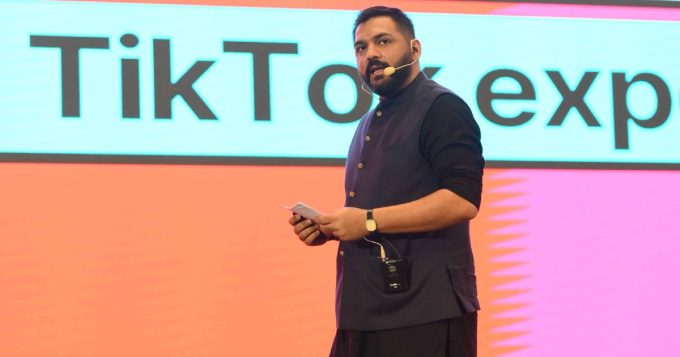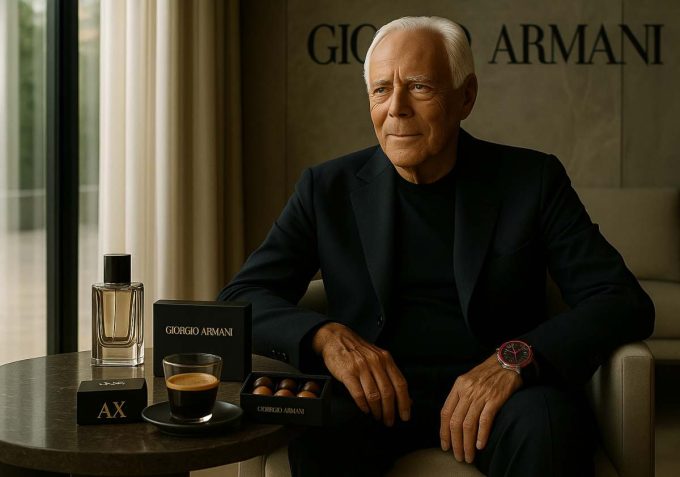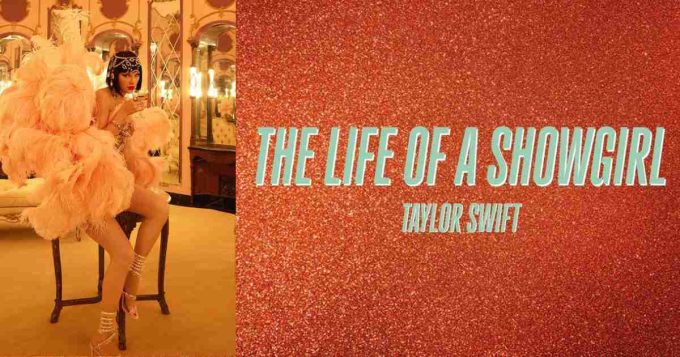Zohran somehow managed to get everyone, and I mean everyone, emotionally invested in a New York mayoral campaign. People who had never set foot in the US, people who think “borough” is just a spelling mistake, people who don’t even like politics. It’s because his campaign wasn’t just politics, it was a masterclass in marketing and great personal branding. It was deeply human.
In an era where political fatigue runs deep and public trust in governance continues to decline globally, connecting with voters requires far more than policy promises and televised debates. It demands clarity, cultural intelligence, and communication strategies that cut through noise and make people feel seen.
Meme Marketing with Meaning
Gen Z doesn’t respond to formality. Mamdani understood that, and his campaign used meme culture as a marketing tool, not just for laughs but to tell real stories. Twitter-style graphics, lo-fi video edits, and awkward transitions weren’t weaknesses; they were deliberate aesthetics.
His most iconic moments, like correcting Cuomo’s mispronunciation of his name on live television, became viral content rooted in identity and resistance (how many times has a foreigner mispronounced our names and how many times have we corrected them. He turned outrage into empowerment, which was then wrapped into meme packaging by the audience.
Authenticity as the New Influence
Zohran skipped the influencer middleman and became the influencer himself. While other campaigns relied on influencer endorsements, sleek political commercials or celebrity shoutouts, Mamdani became the influencer himself. He spoke directly to his followers in reels and videos, blending humour with schooling, like using mango lassi to explain ranked voting. He explained policies, election procedures, and systemic issues directly to the camera, often in low-budget, self-shot videos. And it worked not despite the lack of gloss, but because of it.
The impact was trust; people believed him because there were no layers of PR or filters diluting the message. The directness cut through cynicism. It made the campaign feel like a friend sending you a voice note about why voting matters, not a politician begging for engagement. That level of intimacy and immediacy is what ultimately drove conversion, not just attention.
For marketers, this is a key shift: authenticity is the new advertising. Gen Z doesn’t want a brand to talk at them. They want someone to talk with them, in their voice, on their platforms, with their references.
Micro-Targeting Through Culture
Unlike traditional campaigns that attempt mass appeal, Mamdani’s team leaned into hyperlocal cultural targeting. Urdu videos, Bollywood references, and niche South Asian jokes created a strong emotional pull for a specific demographic: young Desis.
This mirrors how successful brands grow today, not by shouting into the void, but by whispering the right thing to the right people. Mamdani’s campaign is a case study in identity-first marketing, where culture isn’t a garnish, it’s the whole strategy.
Rather than trying to appeal to everyone with blanket statements, Mamdani’s campaign focussed on specific communities with precision, particularly first- and second-generation South Asian and Arab voters, many of whom felt alienated by traditional American political rhetoric.
By using culturally specific references and language, his campaign created emotional resonance. But what’s notable is that this did not limit his appeal or his impact. On the contrary, the specificity made the campaign more relatable across a variety of groups including immigrant families, working-class voters, and young progressives, who recognised in Mamdani’s campaign a broader truth about identity, marginalisation, and representation.
This form of cultural micro-targeting mirrors what marketers refer to as identity-driven communication, when messages are crafted with cultural awareness and community-specific language to foster loyalty and trust.
Emotional Branding That Converts
Mamdani’s genius lies not just in being funny but in being emotionally impactful. Every joke was layered with deeper commentary about racial erasure, political corruption, generational trauma, or working-class struggle. At the end of the day what everyone felt and understood was that it was deeply human. In a world where everything is tailored to perfection, the human element is what caused the win.
He wasn’t just earning likes; he was converting followers into voters. Kids didn’t just share his memes, they convinced their parents and grandparents to show up at the polls. That’s the gold standard of branding: when people start doing your marketing for you.
So if you’re still wondering what a political campaign looks like in the age of TikTok, identity politics, and community-first branding, just remember:
The name is Mamdani.
M-A-M-D-A-N-I.
And now, no one is going to forget it.










